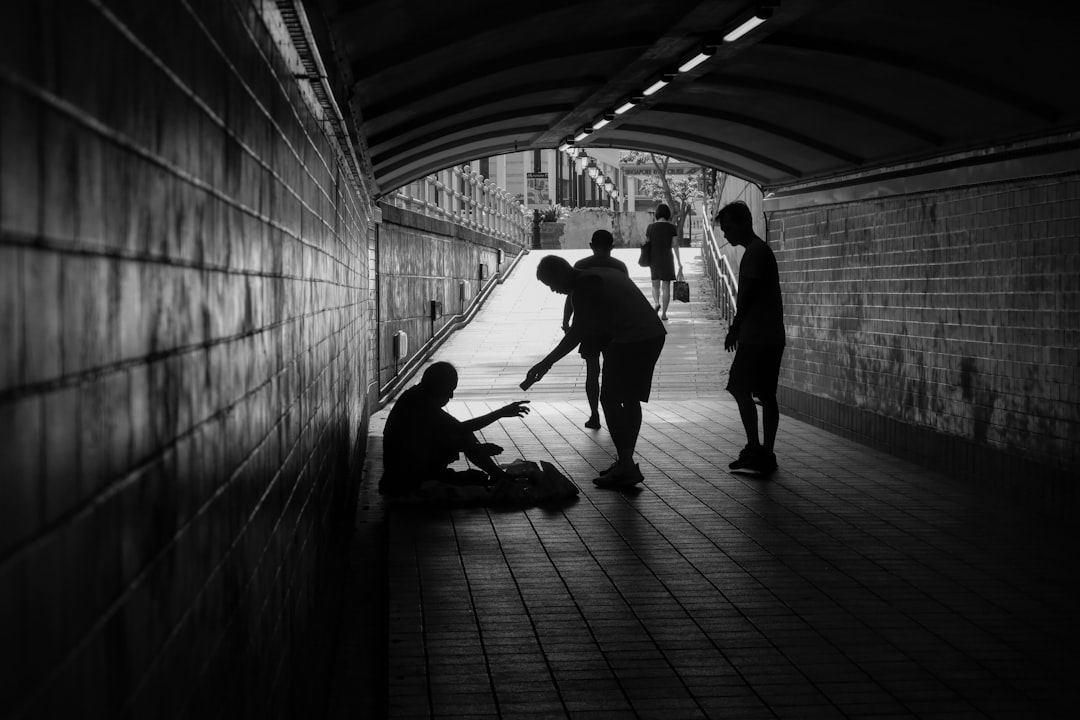What is it about?
Immigration defined as “illegal” is a typical area where the dominant representations differ from social phenomena. Starting from this point, this article deals with two issues. The first is the selective treatment of irregular immigration by receiving societies. Diverse interests and social representations of irregular immigration tend to redefine it in different ways: formal authorization and social recognition should be distinguished, and they can go in different directions. Their intersection determines four cases: exclusion, stigmatization, tolerance, integration. The second, and related, issue is the easier transition to a legal status of some irregular migrants, especially those who encounter some forms of tolerance in receiving societies. Three devices of regularization will be identified and discussed: deservingness; liberal legalization; victimization. In regard to processes of acceptance and legalization, the action of various intermediaries between the receiving societies and irregular immigrants will be highlighted.
Featured Image
Why is it important?
It is a timely vision of the different acceptance of diverse forms of immigration and of migrants efforts to achieve a legal status
Perspectives
This publication is part of a wider project on irregular migrations. See also: Why irregular migrants arrive and remain: the role of intermediaries,in "Journal of Ethnic and Migration Studies" (2016), published online in early view. DOI: 10.1080/1369183X.2016.1260442.
Professor maurizio ambrosini
Universita degli Studi di Milano
Read the Original
This page is a summary of: From “illegality” to Tolerance and Beyond: Irregular Immigration as a Selective and Dynamic Process, International Migration, November 2015, Wiley,
DOI: 10.1111/imig.12214.
You can read the full text:
Contributors
The following have contributed to this page










